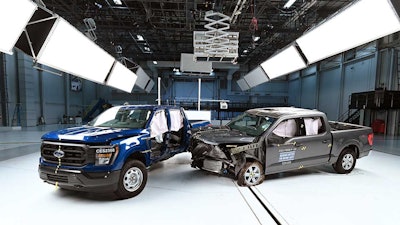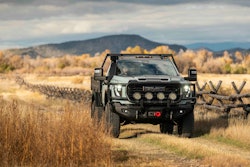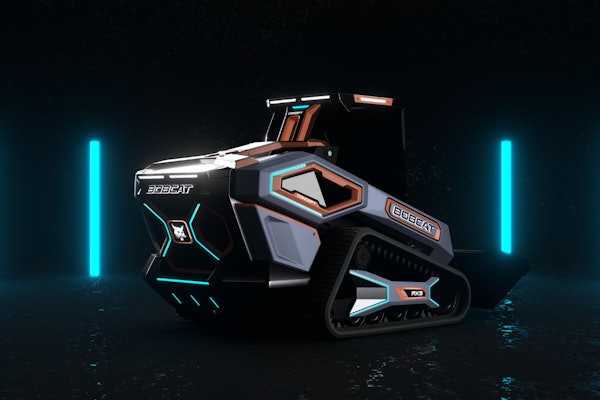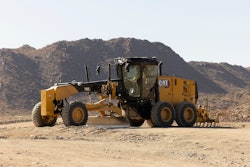
Four of the most popular large pickup trucks performed poorly in the Insurance Institute for Highway Safety’s latest tests for back seat safety.
2023 model crew cab versions of the Ram 1500, Ford F-150, and Toyota Tundra earned "Good" ratings in the IIHS’s updated side impact test, while the Chevrolet Silverado 1500 was marked as being “Acceptable.”
However, in the updated moderate-overlap front crash test that measures backseat safety, the F-150, Ram 1500, and Chevrolet Silverado were rated "Poor”, and the Toyota Tundra managed a “Marginal” rating.
“Like most other vehicle classes, large pickups don’t perform as well in the new moderate overlap evaluation as they do in the updated side test, which is now a requirement for our Top Safety Pick awards,” said David Harkey, IIHS president.
 Ratings in updated moderate overlap front test: large pickupsIIHS
Ratings in updated moderate overlap front test: large pickupsIIHS
The rear seat hasn't become any more unsafe, but safety has improved in the front seat due to due to airbags, restraint technologies, and other areas of focus that typically are not applied to the back.
Historically, rear-seat occupants were cushioned from front crashes by the front seats and the front crumple zone.
According to IIHS data, from model year 2007 onward, fatal injury is 46% higher for belted occupants in the rear seat than those in the front seat.
Since the implementation of the new test, multiple vehicle styles including small pickups, mid-size SUVs, and small cars, have fared poorly in backseat safety.
To encourage manufacturers to improve rear-seat protection, the updated test adds a dummy in the back seat behind the driver. The driver dummy is the size of an average adult man. The rear dummy is the size of a small woman or 12-year-old child. IIHS researchers also developed new metrics that focus on the injuries most frequently seen in back-seat passengers.
For a vehicle to earn a good rating, there can’t be an excessive risk of injury to the head, neck, chest, or thigh, as recorded by the second-row dummy. Chest injuries are particularly relevant to passengers in the rear seats.
For the test, the dummy should remain correctly positioned during the crash without sliding forward beneath the lap belt (or “submarining”) which increases the risk of abdominal injuries. The head should also remain a safe distance from the front seatback and the rest of the vehicle interior. A pressure sensor on the rear dummy’s torso is used to check whether the shoulder belt is too high, which can make the restraint system less effective.
As in the original test, the structure of the occupant compartment must maintain adequate survival space for the driver, and measurements taken from the driver dummy shouldn’t show an excessive risk of injuries.
All four pickups provided good protection in the front seat. However, restraint systems in the back seat were inadequate in each.
“Submarining was a problem for all four pickups, and belt forces were too high in all but the Tundra,” Harkey said.
Measurements taken from the rear dummy indicated that chest injuries and head or neck injuries would be likely in the F-150 and Ram 1500.
According to the IIHS, the risk of those injuries was somewhat lower but still excessive in the Silverado.
Also, due to poor belt positioning, the risk of chest injuries was too high in the Tundra, although the risk of head or neck injuries was only slightly elevated.
 IIHS
IIHS
Like its predecessor, the updated test uses two dummies, a driver, and a rear passenger. However, it uses a heavier barrier traveling at a higher speed to simulate the striking vehicle. The updated test replaced the original in the criteria for the Top Safety Pick awards in 2023.
Among the four large pickups, the F-150, Ram 1500, and Tundra provided solid protection in front and back, though the occupant compartment of the F-150 was compromised slightly by the impact.
In addition, there was an elevated risk of chest injury to the rear passenger in the “Acceptable” rated Silverado.
Despite the test results, the IIHS says the back seat remains the safest place for children, who can be injured by an inflating front airbag.
Here are videos of the four pickups tests:










